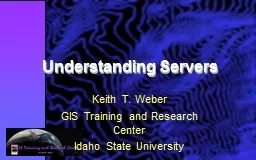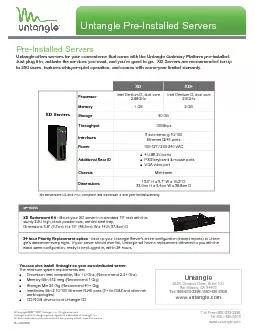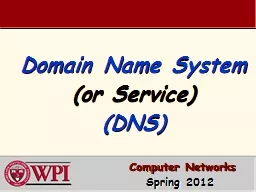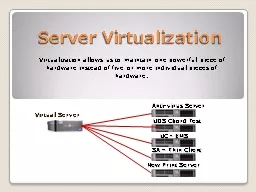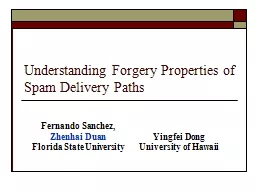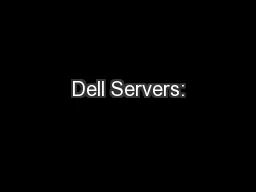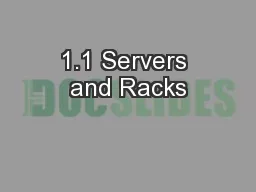PPT-Understanding Servers
Author : liane-varnes | Published Date : 2016-07-11
Keith T Weber GIS Training and Research Center Idaho State University What is a server Desktop Workstation Server Functional Roles Data Storage Application Host
Presentation Embed Code
Download Presentation
Download Presentation The PPT/PDF document "Understanding Servers" is the property of its rightful owner. Permission is granted to download and print the materials on this website for personal, non-commercial use only, and to display it on your personal computer provided you do not modify the materials and that you retain all copyright notices contained in the materials. By downloading content from our website, you accept the terms of this agreement.
Understanding Servers: Transcript
Download Rules Of Document
"Understanding Servers"The content belongs to its owner. You may download and print it for personal use, without modification, and keep all copyright notices. By downloading, you agree to these terms.
Related Documents

